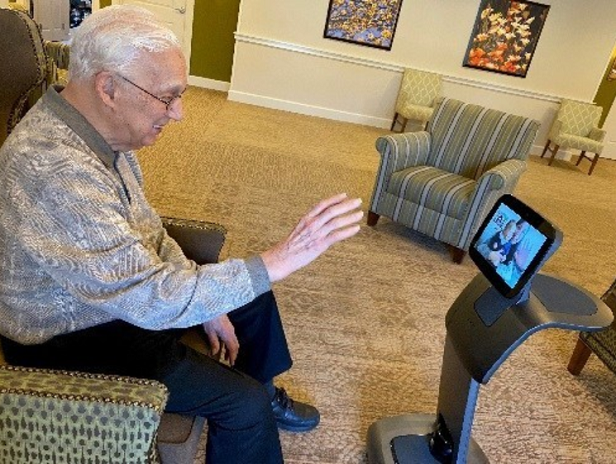Zach Bowyer, MAI | Source | Managing Director, National Practice Head of Alternatives for Valuation Advis...

Zach Bowyer, MAI
Zach Bowyer, MAI is a Managing Director and member of JLL’s Executive Committee for Valuation & Advisory Services. His focus is driving growth initiatives through the advancement of data analytics, product development and talent recruitment. As an executive committee member Zach helps support a team of over 250 professionals with offices in 26 major metro markets.
Specializing in the seniors housing sector for over fifteen years, Zach has completed over $50 billion in third-party valuation assignments throughout the U.S. other services provided include underwriting due diligence, asset management, market studies, and feasibility analyses of single-asset to large portfolio transactions.
Zach is a regular panel contributor at industry events such as the Appraisal Institute, NIC, NCREIF and ULI. He served as Co-Chair of ULI’s Seniors Housing Council and is on the Advisory Committee for the American Seniors Housing Association. He has authored numerous research reports and white papers that have been quoted in the Wall Street Journal, Real Estate Alert, Senior Care Investor, Seniors Housing News and others.
Zach currently serves on the Board of Directors and served as the Government Relations Chair for the MA Chapter of the Appraisal Institute. He is an approved instructor for the Valuation of Seniors Housing Properties for the Appraisal Institute.
-

JLL
Managing Director, National Practice Head of Alternatives for Valuation Advisory
-
Senior Housing Sales Volume Fell 46% in 2020, But Investor Confidence is Rebounding - Senior Housing News
Covid-19 caused senior housing merger and acquisition activity to fall significantly in 2020. The numbers are even more striking when compared to 2019, a
Article -
Senior Housing Rushes to Adopt Robots, Telehealth to Protect Residents | GlobeSt
“The newly-pioneered technologies will be essential in providing the best care — medical, cognitive and emotional — to the upcoming wave of seniors.
Article -
How Senior Housing Is Primed for a Comeback
The sector has been hit hard by COVID-19, but better days lie ahead, say JLL's Brian Chandler, Bryan Lockard and Zach Bowyer.
Article
-
“Investors remain bullish on seniors housing and care investments,” JLL managing director Zach Bowyer, head of alternatives asset sectors, said in a press release announcing the report. “We anticipate market fundamentals to steadily improve and the market to re-stabilize between two and four years, depending on the location.”
-
“What the pandemic has done is it’s forced operators to step back and say, ‘We have this problem to solve — and we need to solve it now,’” Bowyer said. “It’s expedited the technological progress needed to prepare for the population that will be entering senior housing communities over the next decade.”


